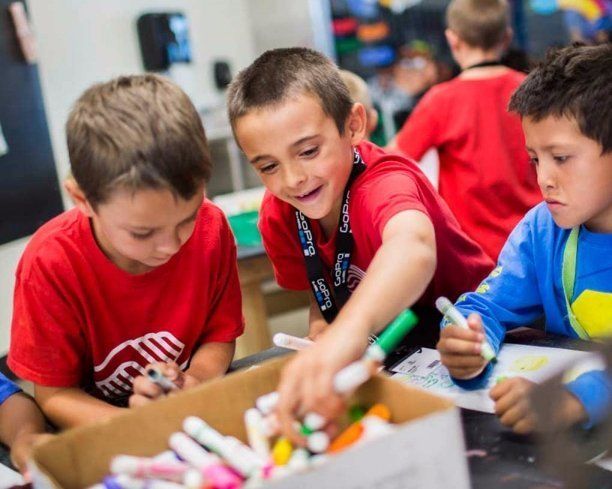Our History
For more than 150 years, Clubs have been helping kids reach their full potential.
For more than 150 years, Clubs have been helping kids reach their full potential.

Boys & Girls Clubs of America had its beginnings in 1860 with three women in Hartford, Conn.: Mary Goodwin, Alice Goodwin and Elizabeth Hammersley. Believing that boys who roamed the streets should have a positive alternative, they organized the first Club. A cause was born.
History Highlights
In 1906, several Boys Clubs decided to affiliate. The Federated Boys Clubs in Boston was formed with 53 member organizations – this marked the start of a nationwide Movement and our national organization.
In 1931, the Boys Club Federation of America became Boys Clubs of America.
In 1956, Boys Clubs of America celebrated its 50th anniversary and received a U.S. Congressional Charter.
To recognize the fact that girls are a part of our cause, the national organization's name was changed to Boys & Girls Clubs of America in 1990. Accordingly, Congress amended and renewed our charter.
2006 marked the Centennial year of Boys & Girls Clubs of America, as we celebrated 100 years of providing hope and opportunity to young people across the country.
Building Character
Character development has been the cornerstone of the Boys & Girls Club experience since the first Club opened in 1860. The first Club professional, John Collins, devised a system of informal guidance to attract boys into the Club, capture their interest, improve their behavior and increase their personal expectations and goals.
The procedures Collins used constituted a clearly planned, socially scientific system of taking boys off the street and promoting their development towards a successful, productive future. This system formed the basis of the Boys & Girls Club environment. It is still in use today with proven results.
Boys & Girls Clubs of America believes that character development, the basic building block in personal development, should be an integral aspect of every Club program and activity. In support of this conviction, Aaron Fahringer, a regional director for the west coast in the 1950s, scripted the Boys & Girls Club Code as part of the celebration of the golden anniversary of the Movement. The code was adopted as official by the National Council in 1955, and was used extensively in the 50s and 60s. The Code is still displayed in many Clubs today.
The Boys & Girls Club Code

The Boys & Girls Club Code
I believe in God and the right to worship according to my own faith and religion.
I believe in America and the American way of life…in the Constitution and the Bill of Rights.
I believe in fair play, honesty and sportsmanship.
I believe in my Boys & Girls Club, which stands for these things.
